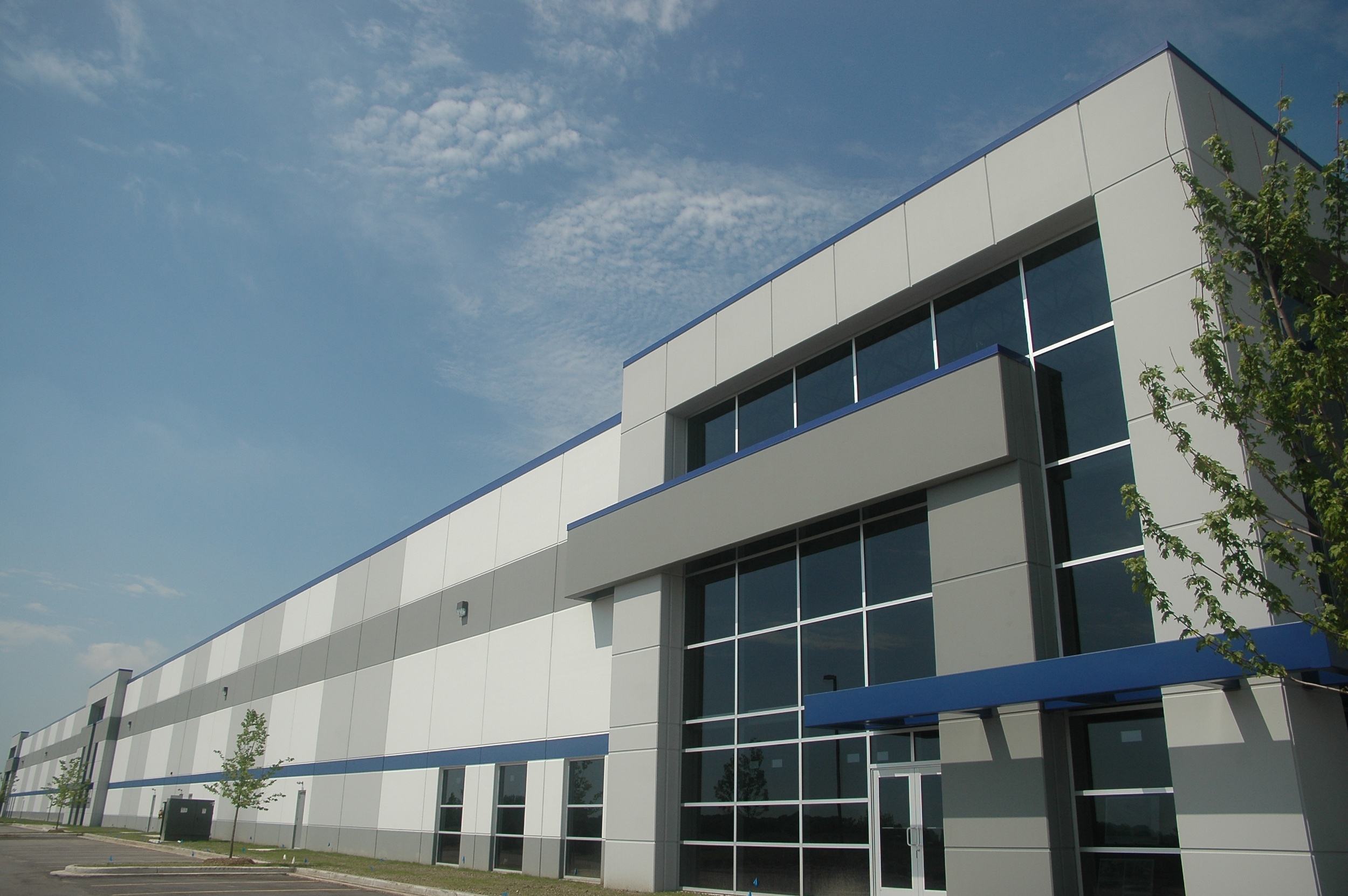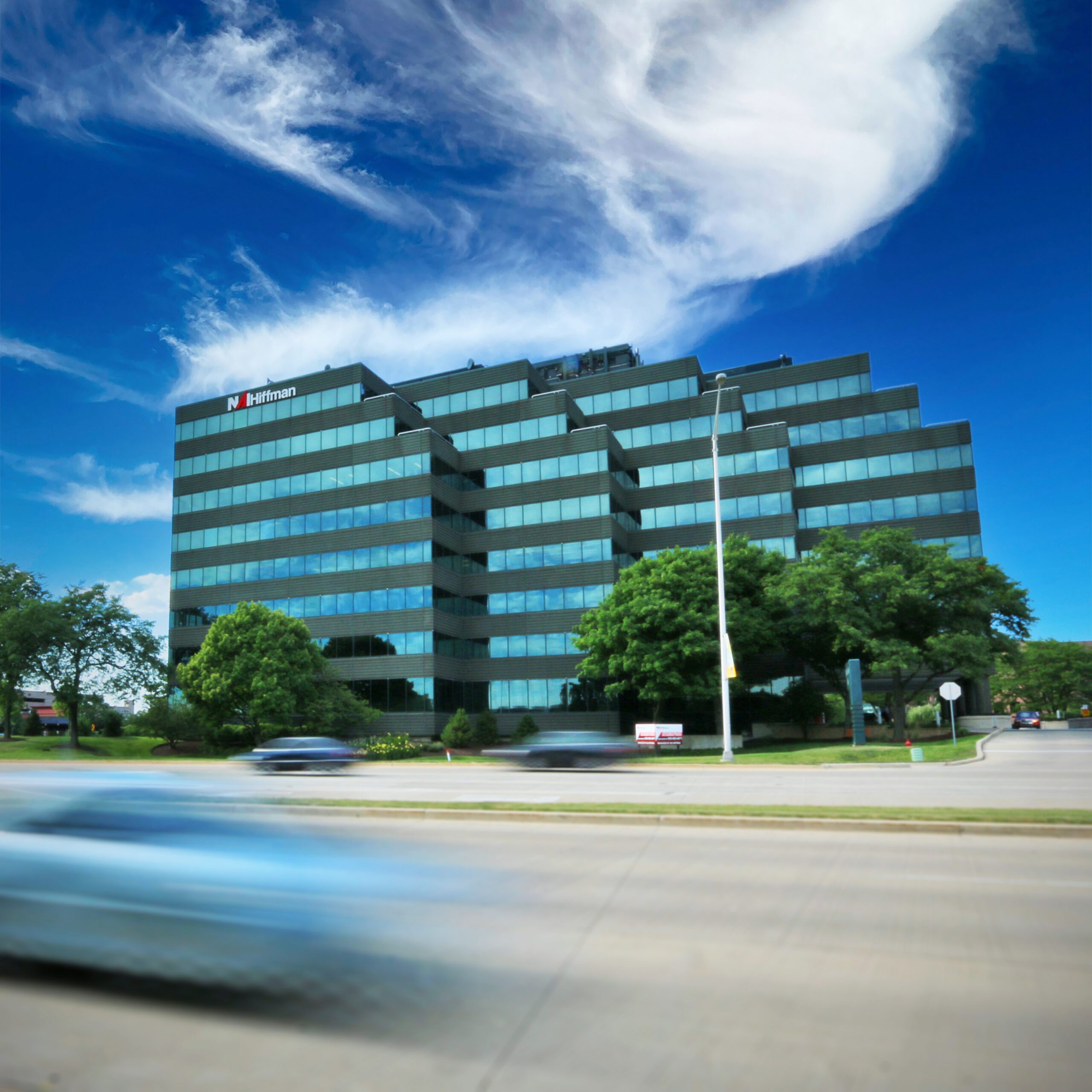February 2013
Chicago industrial market carrying momentum into 2013
In 2012, the Chicago industrial market witnessed the most demand for industrial space it has seen in five years, and industry observers are predicting this momentum will continue into 2013.
Corey Chase, principal at Podolsky|Circle CORFAC International, said there has been a slight increase in demand each year since 2010.
“I think that industrial space demand is increasingly getting better,” he said. “I feel that 2013 will be a better year than 2012 and I think this will continue to about 2015 when we will hopefully hit recovery.”
Chicago’s industrial market has been recovering for two-and-a-half years. Over the course of 2012, demand continued to pick up for industrial space, as more than 14.6 million square feet of vacant space was absorbed through new leases, lease expansions and user sales, according to a year-end market review and 2013 forecast by NAI Hiffman.
Since the market turned around during the second half of 2010, nearly 33 million square feet has been absorbed, dropping the vacancy rate from its 12.1 percent high to 9.2 percent by the end of the year, according to NAI Hiffman.
“I think we’re going to see a strong year in terms of absorption and we’re going to see vacancy rates creep down to the single digits in most markets,” said Robert Smietana, vice chairman and chief executive officer of HSA Commercial Real Estate.
The NAI Hiffman report noted that the overall industrial vacancy rate has recovered from the effects of the recession. However, while some of the area’s most historically active submarkets have recovered, several of the less in-demand submarkets continue to be plagued by high vacancy and limited demand.
The recovery has not been equally distributed among Chicago’s industrial submarkets. This trend remained prevalent in 2012, as the submarkets that performed best were those with the best highway access, newest product, and those with the most “big box” facilities, according to NAI Hiffman.
“If you’re close to a population center and it’s relatively land constrained, I think you’re going to find a way to get a deal done if you have functional product,” said Hugh Williams, principal at Avison Young – Chicago.
However, the submarkets that cater to owner/users, and those areas where the economic recovery has yet to make significant inroads, fared the worst.
Construction
In response to the easing of vacancy concerns among developers and the recovery of the industrial market, construction continues to pick up market-wide, according to NAI Hiffman’s report. Slightly more than 5.9 million square feet is under construction in 12 of the 21 submarkets tracked. While this figure is still below the average of 14.9 million square feet of projects completed per year, it is the greatest construction activity seen since 2008.
While the majority of the ongoing development continues to be build-to-suit and building expansion projects, speculative development has returned to the market.
“I’m predicting that we’re going to see a return to speculative industrial development in limited fashion for the first time in the last four or five years,” Smietana said. “We’re used to having new supply on an annual basis in most markets and we really haven’t had anything in most markets over the past four or five years. Some buildings have become obsolete over that period of time as well. I think that combination is boding well for select markets to see their first spec construction in several years.”
The largest ongoing speculative construction project is a 1 million-square-foot building in the new Clarius Park Joliet business park, according to NAI Hiffman. The largest new build-to-suit project to break ground during the fourth quarter is a 695,911-square-foot facility for Trader Joe’s in Minooka. In the I-80/Joliet Corridor submarket, nearly 3.4 million square feet is under construction, the largest project being a 1.6 million-square-foot distribution facility for Home Depot in the CenterPoint Intermodal Center – Joliet.
“Big developers have basically been twiddling their thumbs over the last couple of years and they’re starting to finally get some more bids and be more active,” Chase said. “I’m also seeing some developers that are starting to sniff around and look for some industrial sites to build some speculative development. I think that developers are still very careful about what they buy and what they’re looking to do. Some are waiting until they actually have a deal in hand before they go ahead and buy the site and start developing it.”
Sales activity
NAI Hiffman predicts that momentum from the elevated demand witnessed during the past two-and-a-half years is expected to carry into 2013. Sales activity, which was nearly non-existent during 2009 and 2010, picked up last year, only to level off a bit in 2012. Much of the product selling during the brief resurgence in 2011 was core class “A” buildings, many of which were sold in portfolio investment sales.
“From an investor standpoint, a lot of the smart money from the private REITs, the institutional investors and the pension funds has exhibited a voracious appetite for class A industrial space in the Chicago area over the past few years,” Smietana said. “The issue now is that most of the good stuff has been purchased, and there’s not that much available.”
Over time, as the economy continues to improve, the market’s class B buildings are expected to become more attractive to investors.
“We’re hopeful that the movement of money to the B markets and to the B buildings will drive up the prices and the values as well,” Smietana said.
Chase said he believes larger users will be more active this year.
“I think the larger users of 50,000 to 200,000 square feet are starting to feel better about things and you’re going to see more deals and more activity from those groups,” he said.
Williams said there is cause for optimism in terms of deal velocity due to a lack of activity in previous years.
“From a philosophical standpoint, America’s economy is still expanding although at a very reduced rate, and so if companies haven’t been doing anything in a while, they’ve got to do something at some point,” he said.
Smietana said political uncertainty had hindered the market.
“A lot of slowness in the market was attributed to the indecision in Washington and the fiscal cliff,” he said. “That’s mostly behind us. We have certainty in our government for at least the next two years or the next four. I’m hopeful that will free up companies and our tenants to make decisions on a longer term basis that will allow our industrial market to continue to grow.”
Source: Brian Wasag – RE Journals



